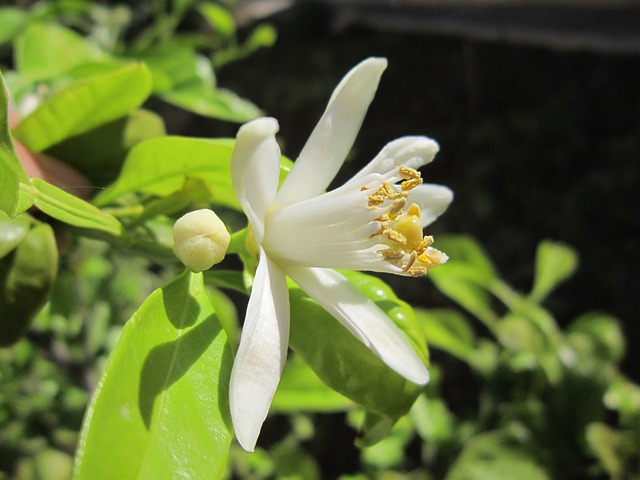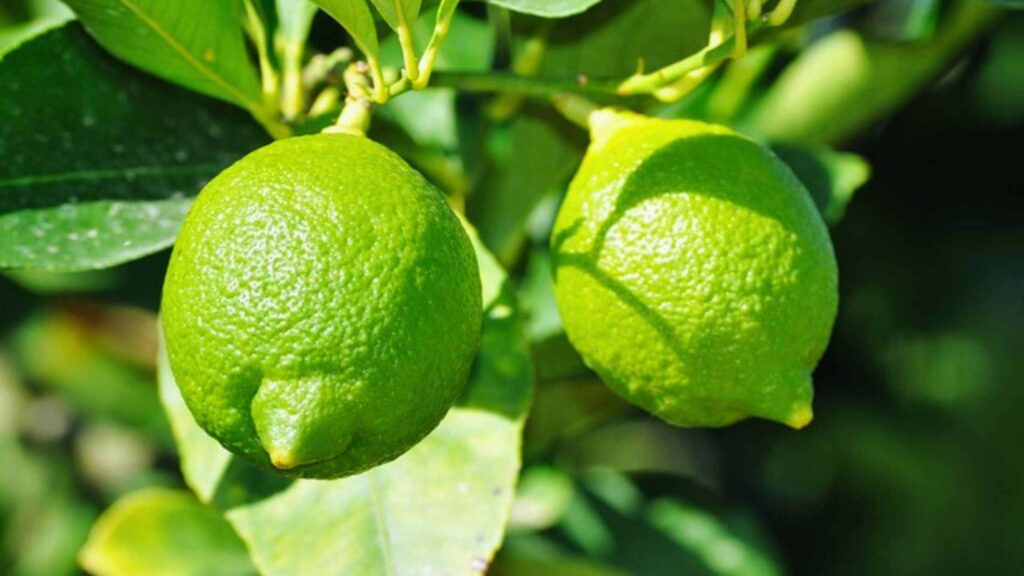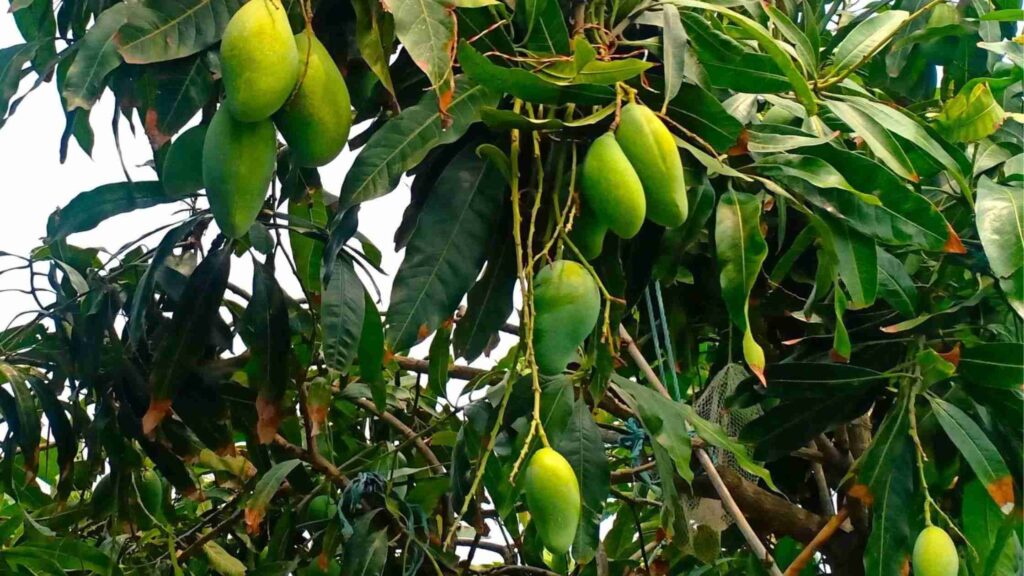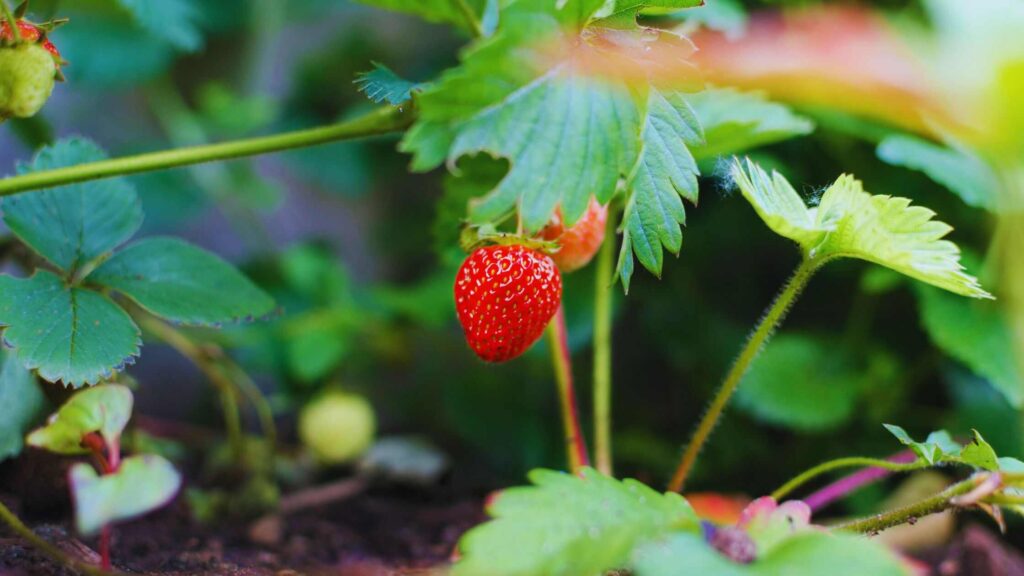I am going to tell you why my lemon plant is not rooting even after two or three drops, plant growth has been stopped, leaves are getting yellow and suddenly plant is dying. Here I am going to discuss how to grow lemon in a roof garden.
There are a few things to consider when growing a lemon tree in a container. To begin with, lemon trees planted in containers won’t grow as big as those planted in the ground. On the other hand, it is best to search for dwarf varieties of lemon trees. Because of their cool sensitivity, lemons are more sensitive and cooler than any other citrus. Since lemon trees require protection from frost planting, they should be placed in an area of the house that receives enough of shade. This should be made easier by placing them close to the house.
Lemon trees Enjoy five to six hours of sunlight each day in the full sun. Lemon trees grow well in a wide variety of soil types. They do, however, prefer somewhat acidic soil and good drainage. Use a store-bought, slightly acidic soil-based mix for best results. To improve drainage, incorporate sand into the potting mix.
Container Selection
I have taken a large container with a drainage hole; the container should give your tree plenty of room. If the container you choose does not have any drainage holes then drill 1 or 2 into the bottom. I have covered those holes with a small stone for drainage properly. Feel your container halfway with the potting mix. Fill in the dirt so that it forms a strong foundation for your tree.
Transplanting the Nursery Plant
I took the nursery plant from the poly bag without disturbing the root system. Then I have loosened the soil on the bottom of the plant and teased the roots. I have placed the new plant into the container by pressing gently. Then I added potting mix to the pot after that.
Potting Mix
Potting mix that I’ve created at home is composed of 50% regular soil, 20% organic matter, 20% river sand, and 10% cocopeat. Soil-based mixtures that are somewhat acidic and sore-bought perform well. I am aware that Lemon Trees can grow in a variety of soil types. They do, however, prefer somewhat acidic soil and good drainage. Sand has been added to the potting mix to improve drainage. then I gave it a good watering.
Watering the Plant
Lemon trees require consistent watering to produce healthy fruits. Giving too much or too little water can lead to blossom and fruit drop and sometimes plants may die. Prior to watering, make sure the top 2 inches of soil are not too dry. The Lemon Tree requires water in the summer season and then winter.
Mulching
I have Mulched in a ring around the tree. This can help keep the ground but more importantly, prevent grass and weeds which lemon trees dislike. Proper care should be taken, though I did not maintain too much mulching right up to the trunk as this collapse rot.
Fertilizer

This is the most important aspect of the Lemon Tree is proper feeding. I think all plants of the citrus family tree are heavy feeders and Lemon Tree requires organic fertilizer to produce fruits and lush foliage. After every 15-20 days, I put organic fertilizer into the plant with a handful of compost like decomposed cow dung or vermicompost and bone meal for constant growth. One of the reasons mature lemon leaves turn yellow color for nitrogen deficiency. That’s why I have used bone meal. Iron and magnesium deficiency also lead to a turn yellow curly and green skeleton structure. For that, I have added iron chelates and Epson salt respectively.
Pruning
The appropriate timing of pruning is crucial. Once your lemon tree has started to bear fruit, you should prune it so that it has enough time to heal before the harvest the following season. Only unhealthy or dead branches were pruned by me. Excessive trimming of lemon trees might lead to subpar fruit yields since the leaves store surplus nourishment. If you find a sucker, keep looking for more and cut it off immediately. A clean, sharp pruner should be used.
Pollinators
This is yet another crucial stage in preventing flower or bud drop-off and encouraging fruit production after flowering. Encourage beneficial insects like Butterfly and honey bees in your garden which pollinate flowers and encourage fruit formation. Do not spray pesticides particularly chemicals which can drive away this beneficial insect.
Harvesting Period
Actually, a grafted lemon tree can produce fruit after 2-3 years from the duration of planting. Moreover, it takes 6- 9 months from the lemon blossom period. My lemon tree took 2 years to yield fruit after planting the grafted plant bought from the local nursery.
Pests and Diseases Management
Inspect your Lemon Tree for pests regularly. Early detection minimizes is best damage and makes it much easier to deal with infestation. Spray after every 2 weeks with neem oil or garlic spray to prevent most pests.



